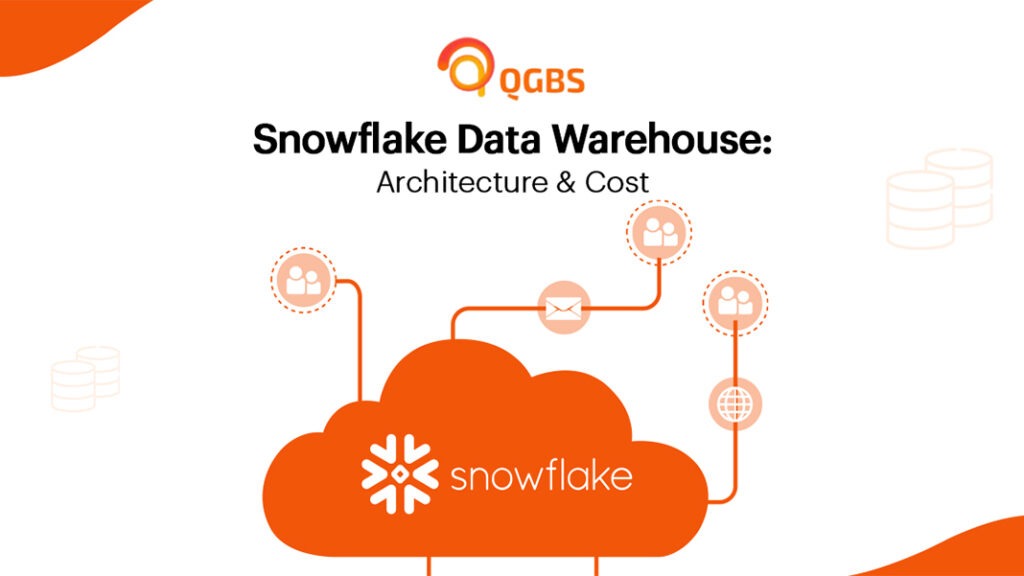
In today’s data driven world, businesses need robust, scalable, & efficient solutions to manage as well as analyze the ever growing data. At that time, a platform that comes to provide help is the snowflake data warehouse, which has emerged as a leader in this space.
But still, people do have less knowledge about the same process, & to let everyone know about this, we are here with this blog. Through this, you will get to explore the architecture of Snowflake and its cost structure, providing insights into why it has become a go-to choice for many organizations.
Table of Contents
This is a cloud-based data warehousing platform which is designed in such a way that it can handle large volumes of data efficiently and, in return, provide powerful analytic capabilities. Unlike traditional data warehouses, snowflake is built from the ground up to leverage the unique benefits of cloud infrastructure, offering high performance, scalability, & ease of use.
Now, as you are familiar with the thing that what this data warehouse is, let’s have a look & learn about it’s architecture:
The snowflake architecture is designed in such a way that it can leverage the full potential of cloud computing. Well, not only this, it is built on top of public cloud infrastructure, such as AWS, Azure, and Google Cloud, ensuring high availability, scalability, and performance.
With this, the architecture is further divided into three main layers:
Let’s know about that:
This is the layer that is responsible for storing all the data loaded into Snowflake. The layer automatically manages how the data is stored, optimized & compressed. Other than this, the data is stored in this layer in columnar format, which will enhance the query performance & reduce storage costs.
Since the layer is made up of several virtual warehouses, it is sometimes referred to as the compute layer. Mainly in this layer, each virtual warehouse is an independent compute cluster that processes the queries. Other than this, the virtual warehouses can be scaled up or down based on workload, providing the flexibility to handle varying query demands. This separation even allows for concurrent processing of multiple queries without contention, ensuring high performance & responsiveness.
The cloud services layer is the brain of Snowflake’s architecture. This manages all the activities across the platform, including authentication, metadata management, security, query optimization, and transaction management. This layer provides a unified interface for users to interact with the system, simplifying the overall management of the data warehouse.
After getting familiar with the architecture, have a look at the cost structure to let the best features stand out:
The best thing that makes the snowflake architecture stand out from others is its flexibility & transparent cost structure. This operates on pay-as-you-go model, which allows organizations to only pay for the resources that they use.
The cost is further divided into two main components, namely:
These are the straight forward costs in the architecture, & users under this are billed based on the amount of data stores in the platform. The pricing for storage varies slightly depending on the cloud provider (AWS, Azure, or Google Cloud) and region, but it is generally competitive with other cloud storage solutions.
These are specifically based on the use of virtual warehouses. In this way, each warehouse is billed by the second, with a minimum of 60 seconds per query. The cost depends on the size of the virtual warehouse, which can range from X-Small to 6X-Large, allowing businesses to choose the appropriate size based on their workload.
The information related to the architecture gives everyone the idea that these are the essential details that everyone should know about to let businesses modernize their data warehousing solutions. But, if you still feel stuck anywhere & looking for additional help, then you can get in touch with our team of professionals right away as they will be really happy to assist you in all possible ways.